Research from Hang Ta Group has been featured on a number of journal cover pages and news.
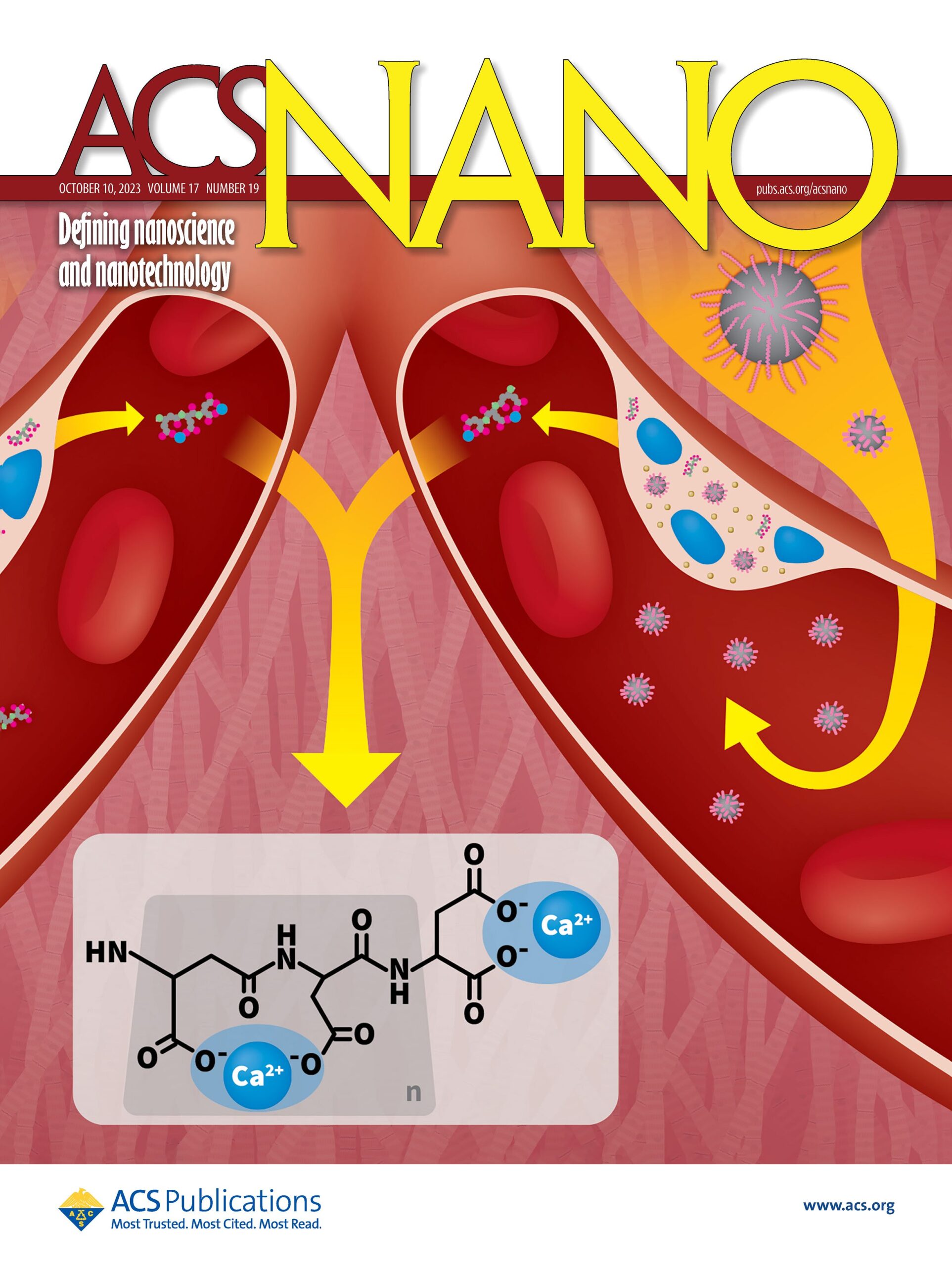

Spiky Silver-Iron Oxide Nanohybrid for Effective Dual-Imaging and Synergistic Thermo-Chemotherapy
Hossein Adelnia, … Hang Thu Ta*.
Nanoparticle for Synergistic Vascular Anti-Calcification. ACS Nano,
accepted on 24/8/2023, IF = 18, DOI: 10.1021/acsnano.3c03041. Article was featured on cover page of volume 17, Issue 19.
About the Back Cover: Professor Hang Ta’s team at Griffith University and the
University of Queensland developed an oleylamine-modified polysuccinimide
nanoparticle loaded with curcumin that effectively inhibits vascular
calcification in a mouse model of chronic kidney disease.


Spiky Silver-Iron Oxide Nanohybrid for Effective Dual-Imaging and Synergistic Thermo-Chemotherapy
Shehzahdi S. Moonshi, … Hang Thu Ta*. 2023. Spiky Silver-Iron Oxide Nanohybrid for Effective Dual-Imaging and Synergistic Thermo-Chemotherapy. ACS Applied Materials & Interfaces, 15 (36), 42153-42169, IF = 10.383, DOI: 10.1021/acsami.3c04696. Article was featured on cover page.
About the Back Cover: Prof Hang Ta's group at Queensland Micro- and Nanotechnology Centre (Griffith University) developed a silver-iron oxide nanohybrid system, tuned it to near-infrared, and decorated it with folic acid ligands for treatment in a glioblastoma model. Intravenous infusion of nanoparticles resulted in targeted delivery to tumors causing significant reduction in tumor size, and the addition of photothermal laser effected enhanced synergistic killing of tumors.
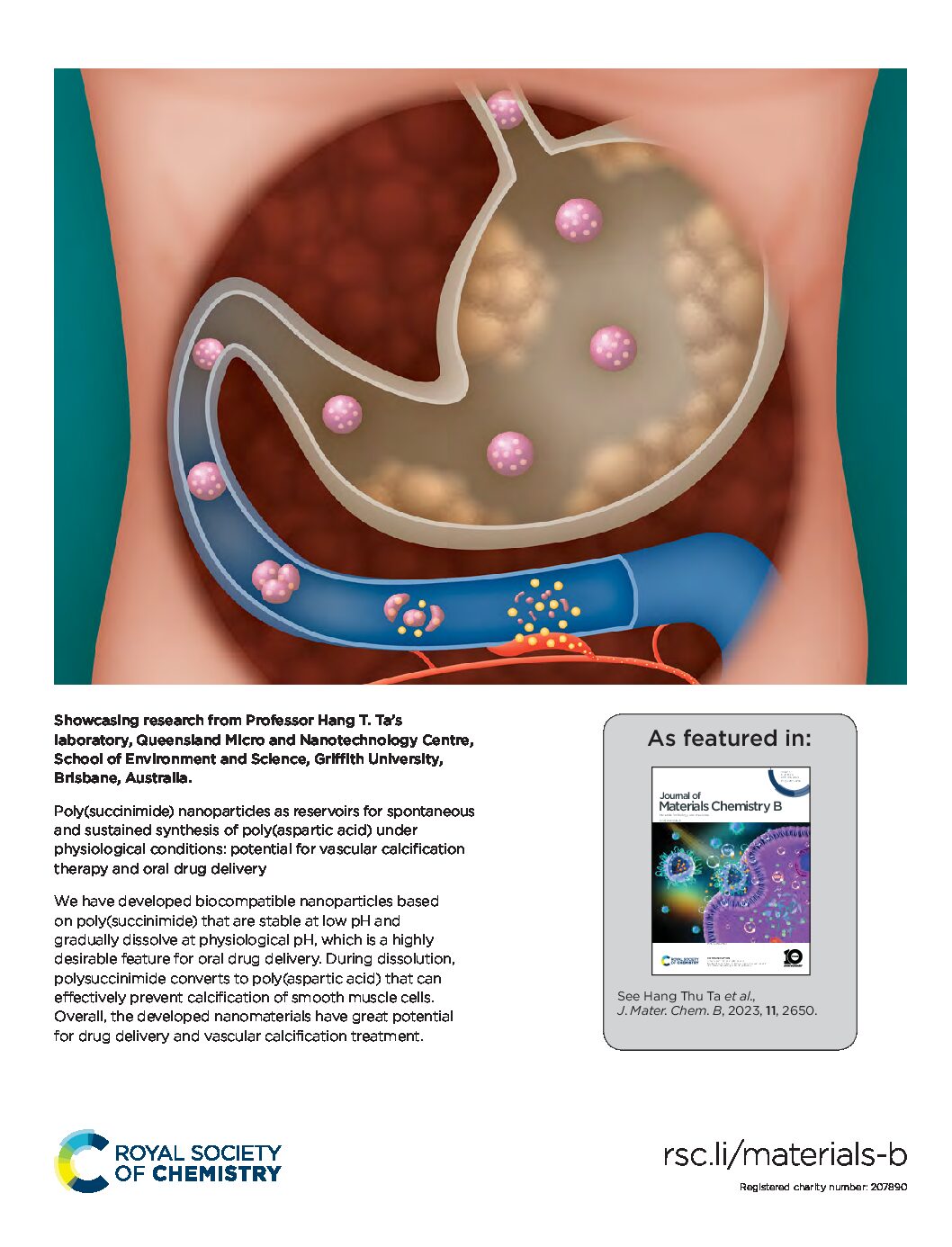

Poly(succinimide) Nanoparticles as Reservoirs for Spontaneous and Sustained Synthesis of Poly(aspartic acid) under Physiological Conditions: Potential for Vascular Calcification Therapy and Oral Drug Delivery
Hossein Adelnia, …, Hang Thu Ta*. 2023. Poly(succinimide) Nanoparticles as Reservoirs for Spontaneous and Sustained Synthesis of Poly(aspartic acid) under Physiological Conditions: Potential for Vascular Calcification Therapy and Oral Drug Delivery. Journal of Materials Chemistry B, 11, 2650-2662, IF = 7.57, DOI: 10.1039/D2TB01867E. Article was featured on the back cover page of the issue (Vol 11, Issue 12).
About the Back Cover: Showcasing research from Professor Hang T. Ta’s laboratory, Queensland Micro and Nanotechnology Centre, School of Environment and Science, Griffith University, Brisbane, Australia: “Poly(succinimide) nanoparticles as reservoirs for spontaneous and sustained synthesis of poly(aspartic acid) under physiological conditions: potential for vascular calcification therapy and oral drug delivery”
We have developed biocompatible nanoparticles based on poly(succinimide) that are stable at low pH and gradually dissolve at physiological pH, which is a highly desirable feature for oral drug delivery. During dissolution, polysuccinimide converts to poly(aspartic acid) that can effectively prevent calcification of smooth muscle cells. Overall, the developed nanomaterials have great potential for drug delivery and vascular calcification treatment.
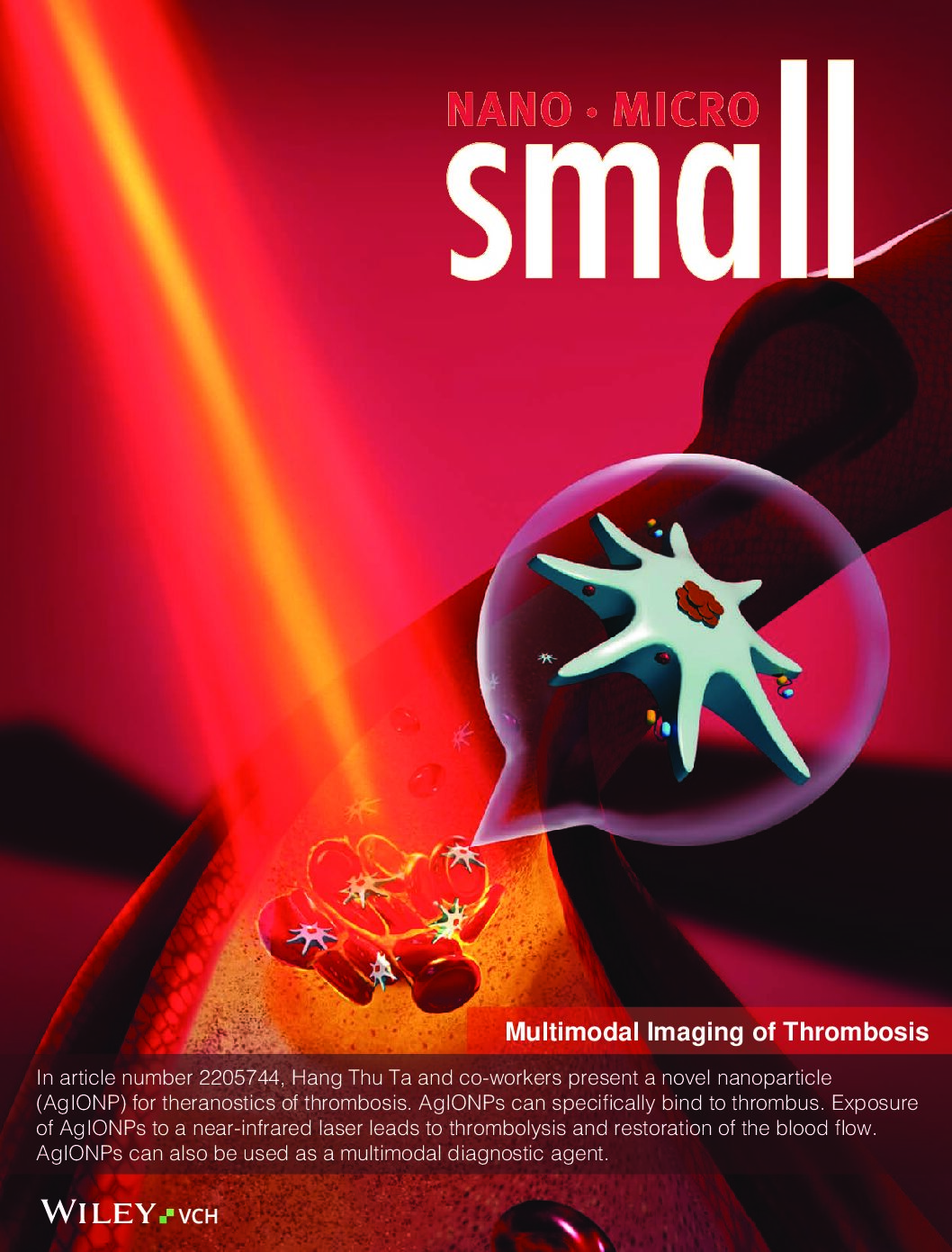

A spiky silver-iron oxide nanoparticle for highly efficient targeted photothermal therapy and multimodal imaging of thrombosis
Karla X. Vazquez-Prada, … Hang T. Ta*. 2023. A spiky silver-iron oxide nanoparticle for highly efficient targeted photothermal therapy and multimodal imaging of thrombosis. Small, 19 (11), 2205744, IF = 15, DOI: 10.1002/smll.202205744. Article was featured on frontispiece of the issue (Vol 19, Issue 11).
About the frontispiece: Theranostics of Thrombosis. In article number 2205744, Hang Thu Ta and co-workers present a novel nanoparticle (AgIONP) for theranostics of thrombosis. AgIONPs can specifically bind to thrombus. Exposure of AgIONPs to a near-infrared laser leads to thrombolysis and restoration of the blood flow. AgIONPs can also be used as a multimodal diagnostic agent.
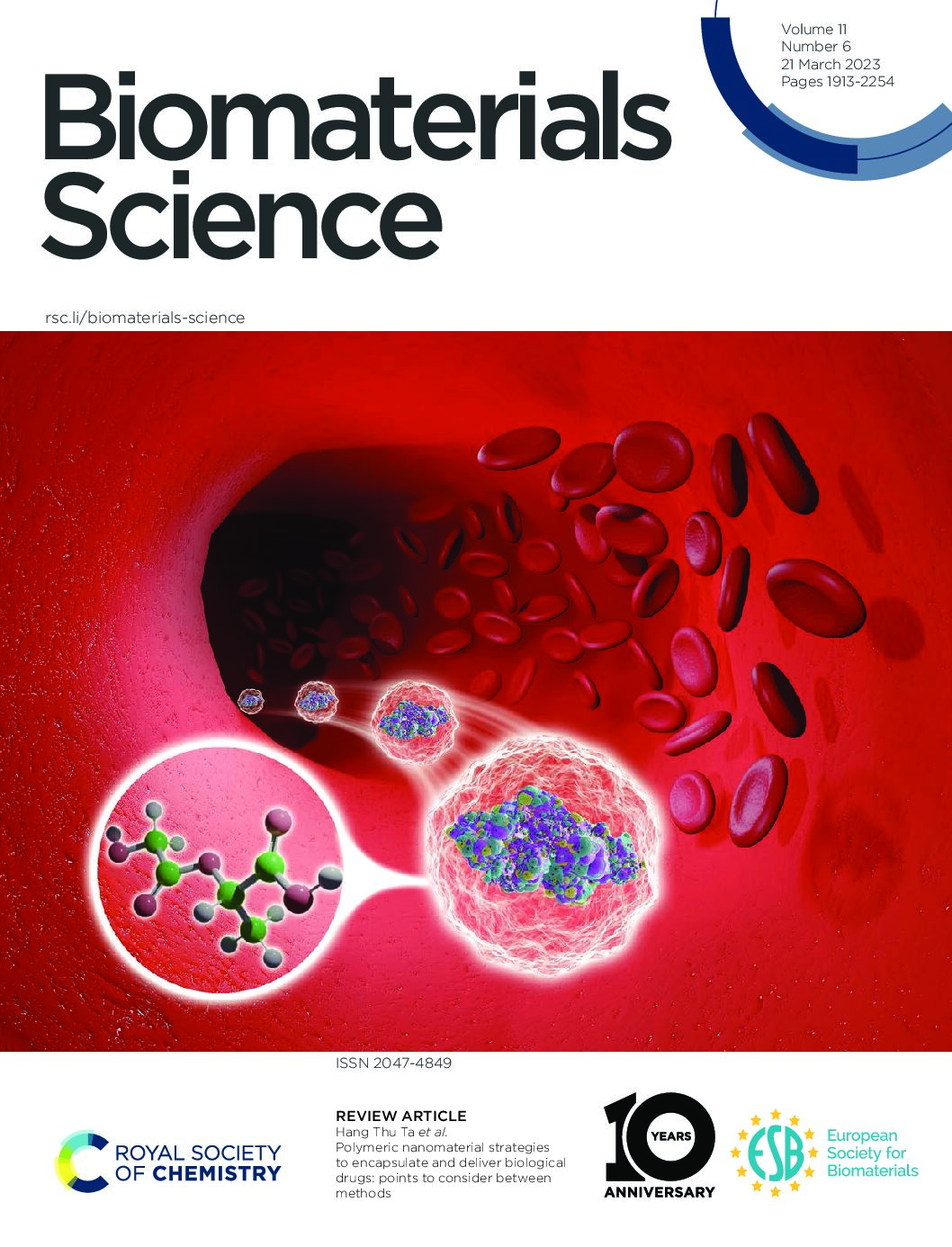

Polymeric nanomaterial strategies to encapsulate and deliver biological drugs: Points to consider between methods
Xiangxun Chen, Yuao Wu, Nam-Trung Nguyen, Hang Thu Ta*. 2023. Polymeric nanomaterial strategies to encapsulate and deliver biological drugs: Points to consider between methods. Biomaterials Science, 11, 1923-1947, IF = 7.59, DOI: 10.1039/D2BM01594C. Article was featured on the inside front cover page of the issue (Vol 11, Issue 6).
About the Cover: Hang Thu Ta et al. Polymeric nanomaterial strategies to encapsulate and deliver biological drugs: points to consider between methods
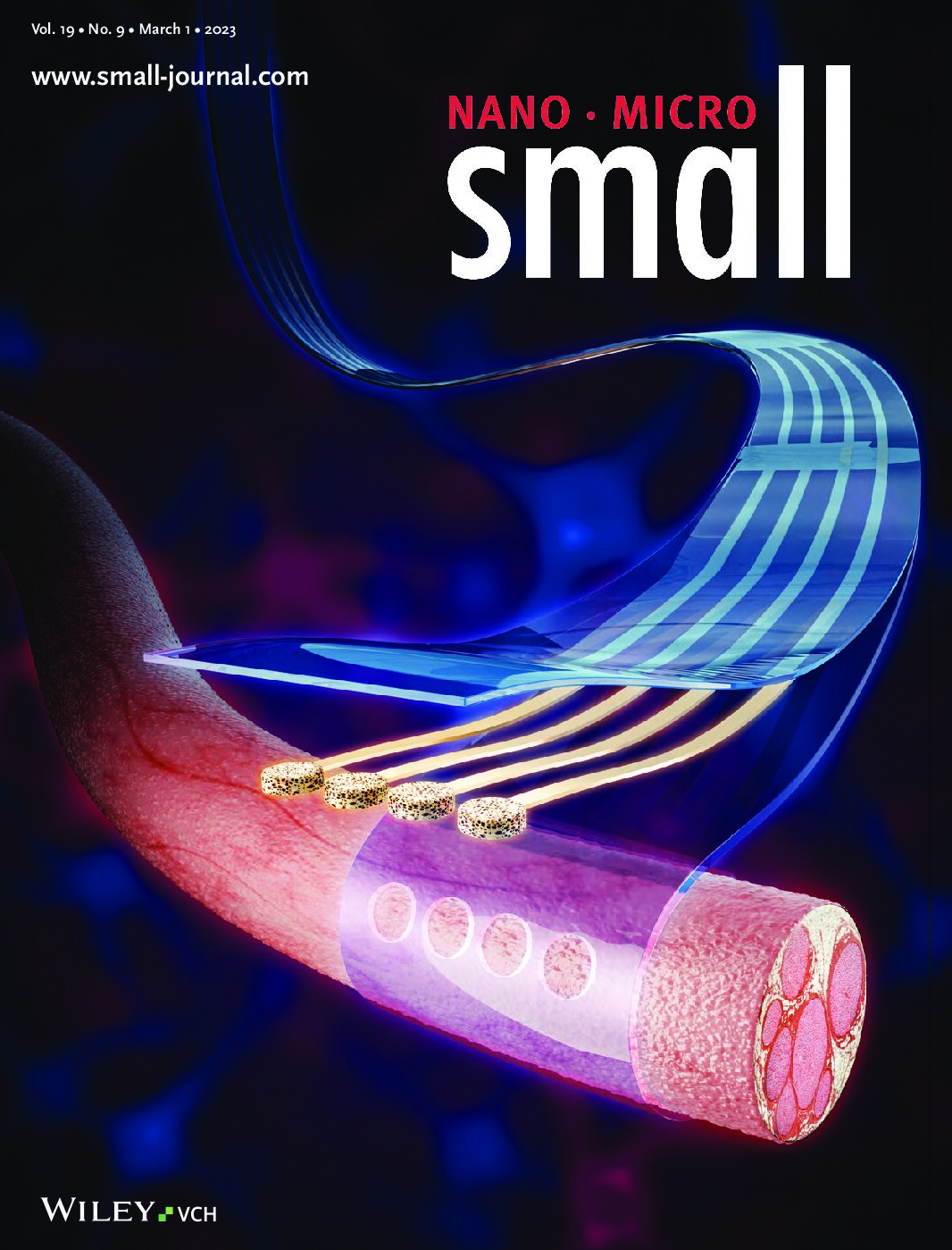

Flexible Nanoarchitectonics for Biosensing and Physiological Monitoring Applications
Aditya Ashok, …Hang Thu Ta, …. Hoang-Phuong Phan. 2023. Flexible Nanoarchitectonics for Biosensing and Physiological Monitoring Applications. Small, 19 (9), 2204946, IF = 15, DOI: 10.1002/smll.202204946. Article was featured on inside front cover page of Volume 19, Issue 9.
About the Cover: Flexible Mesoporous Electronics. In article number 2204946, Hoang-Phuong Phan, Yusuke Yamauchi, Tuan-Khoa Nguyen, Mostafa Kamal Masud, and co-workers develop flexible mesoporous architectures using selective electrochemical deposition. Soft metallic nanopores formed on thin polyimide films offer excellent mechanical bendability, high sensitivity for glucose sensing, and low impedance that facilitates detection of neural activities. These features suggest the promise of soft mesoporous material systems for biomedical applications.
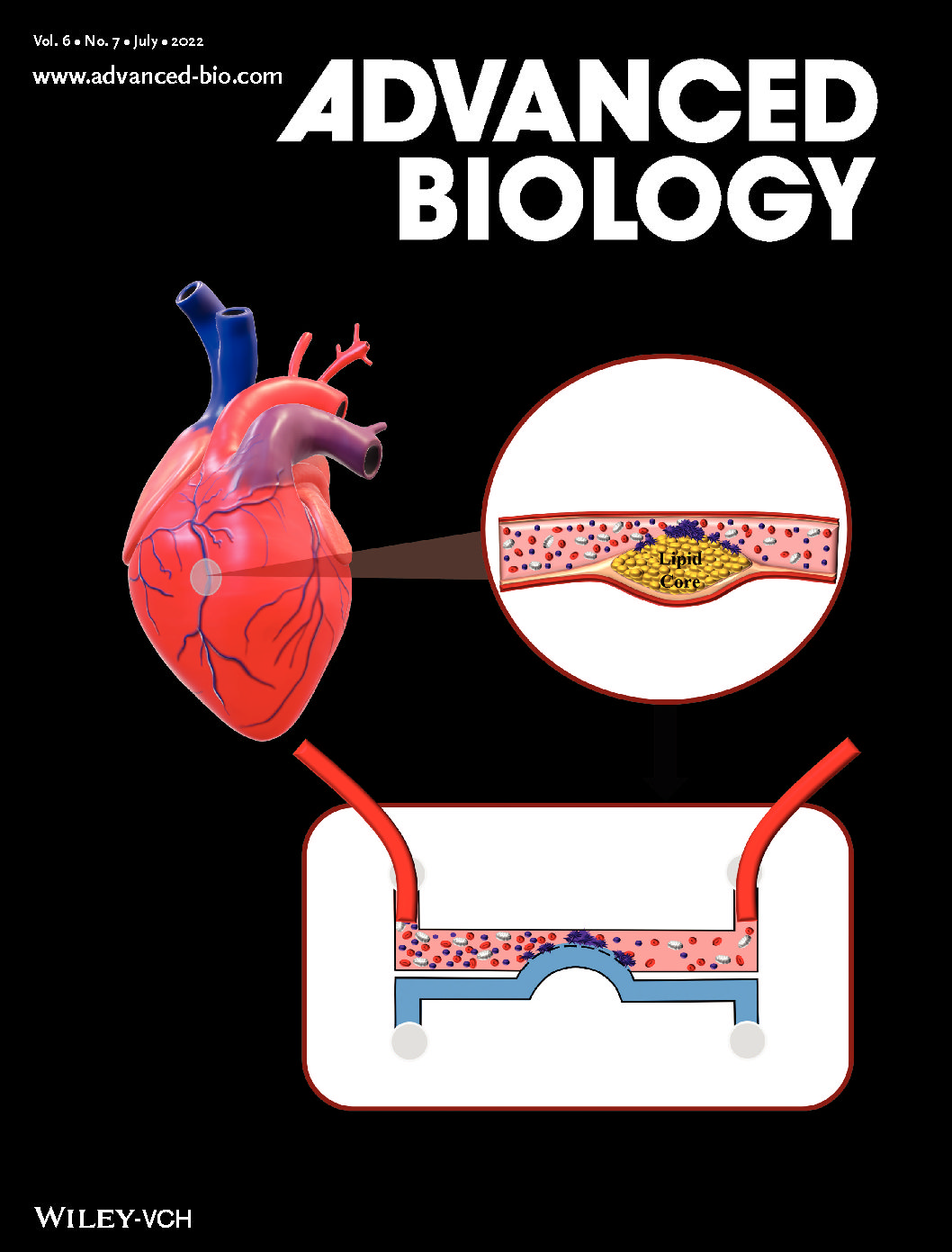

Atherothrombosis-on-chip: a site-specific microfluidic model for thrombus formation and drug discovery
Fahima Akther, …, Hang T. Ta*. 2022. Atherothrombosis-on-chip: a site-specific microfluidic model for thrombus formation and drug discovery. Advanced Biology, 2101316, IF = 4.048, DOI: 10.1002/adbi.202101316. Article was featured on the Front Cover Page of Volume 6, Issue 7.
About the Cover: Atherothrombosis-on-Chip. In article 2101316, Ta and co-workers conducted a study to mimic the site-specific atherothrombosis formation on the chip and design a unique microfluidic device with two interconnected microchannels. The device allows the site-specific introduction of plaque components to develop localized thrombosis and provides a universal platform for studying the crosstalk between blood cells and plaque components. The device is expected to benefit drug testing and carrier designing.
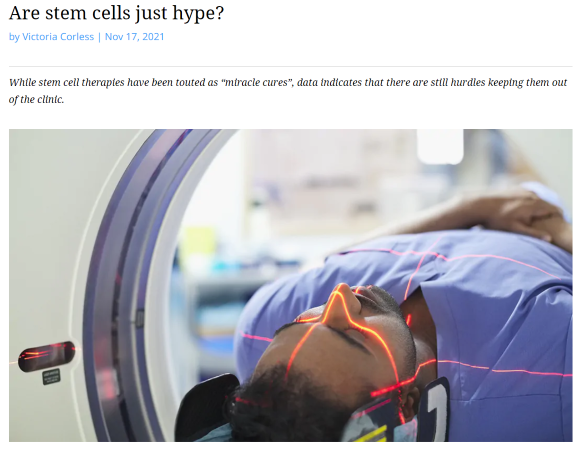

Visualising Stem Cells In Vivo using Magnetic Resonance Imaging
Shehzdhi Shebbrin Moonshi, Yuao Wu, Hang T. Ta*. 2021. Visualising Stem Cells In Vivo using Magnetic Resonance Imaging. WIRES Nanomedicine and Nanobiotechnology, e1760, IF = 9.9, DOI: 10.1002/wnan.1760. Article was featured on Advanced Science News on 17th November 2021: “Are stem cells just hype?”
Link: https://www.advancedsciencenews.com/are-stem-cells-just-hype/?utm_source=twitter&utm_medium=organic&HootpostID=6756ac18-c57c-49cb-9f02-ee48fdcd28c9&Profile=advscinews


Silver/Iron Oxide Nano-popcorns for Imaging and Therapy
Ateeque ur Rehman, …, Hang T. Ta*. 2021. Silver/Iron Oxide Nano-popcorns for Imaging and Therapy. ACS Applied Nano Materials, 4 (10), 10136-10147, IF = 5.1, DOI: 10.1021/acsanm.1c01571. Article was featured on the Front Cover Page of Volume 4, Issue 10.
About the Cover: Ta et al developed 120 nm silver/iron oxide hybrid nanopopcorns with a surface plasmon resonance tuned at the near-infrared range for imaging and therapeutic applications.
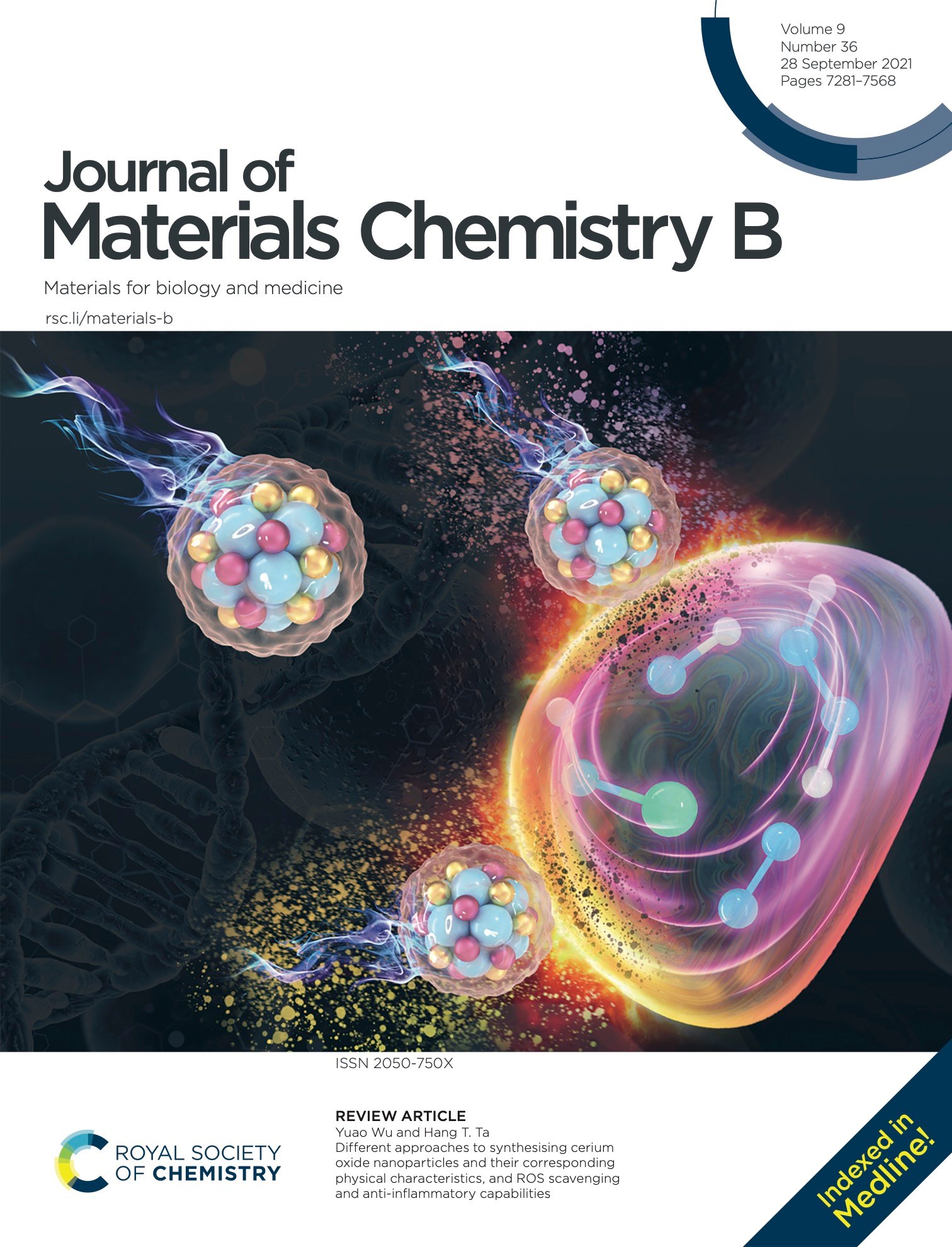

Different approaches to synthesise cerium oxide nanoparticles and their corresponding characteristics
Yuao Wu, Hang T. Ta*. 2021. Different approaches to synthesise cerium oxide nanoparticles and their corresponding physical characteristics, ROS scavenging and anti-inflammatory capabilities. Journal of Materials Chemistry B, 9, 7291 – 7301, IF = 6.3, DOI: 10.1039/D1TB01091C. Article was featured on the Front Cover Page of Issue 36.
About the Cover: Yuao Wu and Hang T. Ta. Different approaches to synthesising cerium oxide nanoparticles and their corresponding physical characteristics, and ROS scavenging and anti-inflammatory capabilities.


Mechanobiology in Cardiology: Micro and Nanotechnologies to Probe Mechanosignalling
Sharda Yadav, Hang T. Ta, Nam-Trung Nguyen. 2021. Mechanobiology in Cardiology: Micro and Nanotechnologies to Probe Mechanosignalling. View, 2, 20200080. DOI: 10.1002/VIW.20200080. Article was featured on the Front Cover Page with DOI 10.1002/viw2.119.
About the Cover: Physical forces play a major role in the development of cardiovascular disease. In the recent years, different techniques had been utilized to analyze the changes in biophysical and biomechanical properties of cells in relation to cardiac physiology and pathology. In article number 20200080, Nam-Trung Nguyen and team present the recent advances in technology for probing mechanobiology signals from the cardiac tissue and elucidate the unmet challenges to completely understand the mechanobiology of cardiac tissues.


Investigation of viscoelastic focusing of particles and cells in a zigzag microchannel
Dan Yuan, Sharda Yadav, Hang T. Ta…Nam-Trung Nguyen, Jun Zhang. 2021. Investigation of viscoelastic focusing of particles and cells in a zigzag microchannel. Electrophoresis, 42, 2230-2237, IF = 3.53, DOI: 10.1002/elps.202100126. Article was featured on Back Cover of Volume 42, Issue 21-22.
About the Cover: The cover picture shows a sheathless three-dimensional viscoelastic focusing of white blood cells, red blood cells, and cancer cells in a zigzag microchannel. Cell focusing is essential for the downstream cell separation, detection, counting or analysis. In general, an extended channel length is required to achieve efficient focusing, which would result in the size increase of the microfluidic devices. In this work, we propose a zigzag channel structure for focusing cells in viscoelastic fluids. Benefitting from the zigzag arrangement of the channel, the channel length and the footprint of the device can be reduced without sacrificing the focusing performance.


Enzymatic Single-chain Antibody Tagging
Hang T. Ta; …; C.E. Hagemeyer. 2011. Enzymatic Single-chain Antibody Tagging: A Universal Approach to Targeted Molecular Imaging and Cell Homing in Cardiovascular Disease. Circulation Research, 109, 365-373. Jif = 15.9. DOI: 10.1161/CIRCRESAHA.111.249375. Second ranked journal in Cardiovascular Research field. The article was highlighted on cover page of August 5th issue of the journal.


